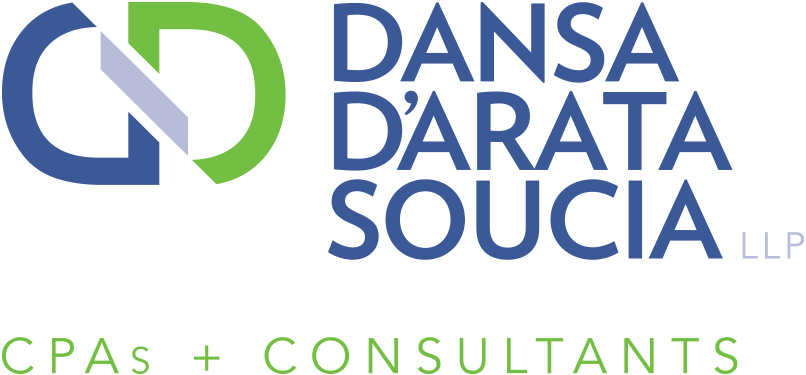Making the right choice about your office space
 For many companies, there comes a time when owners must decide whether to renew a lease, move on to a different one or buy new (or pre-existing) space. In some cases, it’s a relatively easy decision. Maybe you’re happy where you are and feel like such a part of the local community that moving isn’t an option.
For many companies, there comes a time when owners must decide whether to renew a lease, move on to a different one or buy new (or pre-existing) space. In some cases, it’s a relatively easy decision. Maybe you’re happy where you are and feel like such a part of the local community that moving isn’t an option.
But, in other cases, a move can be an important step forward. For example, if a business is looking to cut costs, reducing office space and signing a less expensive lease can generally help the bottom line. Conversely, a growing company might decide to buy property and build new to increase its prestige and visibility. Making the right choice is critical.
Buyers beware
Buying office space is clearly a major undertaking. But owning your own building can give you flexibility and tax advantages a lease can’t offer. For instance, you can:
- Control how to configure and use the property,
- Sublet some of the space if you so choose, and
- Decorate, landscape and maintain it as you wish.
You’ll also benefit from mortgage interest and depreciation deductions at tax time.
Naturally, there are risks to ownership. For one, you won’t be able to easily pick up and move on. And if you’re structured as a flow-through entity, you’ll need to decide how the owners will share the cost of buying and maintaining the building. Keep in mind that the building need not be owned in the same proportion as the business itself.
There are other matters to consider as well. You’ll have to delegate responsibility for arranging and overseeing activities such as exterior maintenance, cleaning, and paying taxes and insurance. Plus, if you decide to sublet some of your space, you’ll need to wear one more hat — that of a landlord.
Lessees look out
Of course, as you may well know from doing it for a number of years, leasing business space has its downsides, too. Perhaps you’ve dealt with a particularly unresponsive landlord or property management company. You may also have less freedom to change or rearrange space — not to mention ever-increasing rent and the loss of mortgage interest and depreciation tax deductions. If you decide to move, though, it’s easier to leave a rented office than to sell one you own.
Ultimately, it’s a question of net present values. Will the present value of the capital appreciation you ultimately gain when the property is sold be greater than the current cash flow advantage you’d likely have under a lease?
Consider your options
These are just a few of the issues to study as you consider your company’s location and office space heading into a new year. Remember, there may be tax issues not mentioned here or other factors affecting the right decision. Contact us for a full assessment of your options.
© 2018


 The Tax Cuts and Jobs Act (TCJA) enhances some tax breaks for businesses while reducing or eliminating others. One break it enhances — temporarily — is bonus depreciation. While most TCJA provisions go into effect for the 2018 tax year, you might be able to benefit from the bonus depreciation enhancements when you file your
The Tax Cuts and Jobs Act (TCJA) enhances some tax breaks for businesses while reducing or eliminating others. One break it enhances — temporarily — is bonus depreciation. While most TCJA provisions go into effect for the 2018 tax year, you might be able to benefit from the bonus depreciation enhancements when you file your  As a business owner, you know that it’s easy to spend nearly every working hour on the multitude of day-to-day tasks and crises that never seem to end. It’s essential to your company’s survival, however, to find time for strategic planning.
As a business owner, you know that it’s easy to spend nearly every working hour on the multitude of day-to-day tasks and crises that never seem to end. It’s essential to your company’s survival, however, to find time for strategic planning. On December 20, Congress completed passage of the largest federal tax reform law in more than 30 years. Commonly called the “Tax Cuts and Jobs Act” (TCJA), the new law means substantial changes for individual taxpayers.
On December 20, Congress completed passage of the largest federal tax reform law in more than 30 years. Commonly called the “Tax Cuts and Jobs Act” (TCJA), the new law means substantial changes for individual taxpayers. There’s an old saying regarding family-owned businesses: “Shirtsleeves to shirtsleeves in three generations.” It means the first-generation owner started in shirtsleeves and built the company up from nothing but, by the third generation, the would-be owner is back in shirtsleeves with nothing because the business failed or was sold.
There’s an old saying regarding family-owned businesses: “Shirtsleeves to shirtsleeves in three generations.” It means the first-generation owner started in shirtsleeves and built the company up from nothing but, by the third generation, the would-be owner is back in shirtsleeves with nothing because the business failed or was sold. Retirement plan contribution limits are indexed for inflation, but with inflation remaining low, most of the limits remain unchanged for 2018. But one piece of good news for taxpayers who’re already maxing out their contributions is that the 401(k) limit has gone up by $500. The only other limit that has increased from the 2017 level is for contributions to defined contribution plans, which has gone up by $1,000.
Retirement plan contribution limits are indexed for inflation, but with inflation remaining low, most of the limits remain unchanged for 2018. But one piece of good news for taxpayers who’re already maxing out their contributions is that the 401(k) limit has gone up by $500. The only other limit that has increased from the 2017 level is for contributions to defined contribution plans, which has gone up by $1,000. Many people scoff at New Year’s resolutions. It’s no mystery why — these self-directed promises to visit the gym regularly or read a book a month tend to quickly fade once the unavoidable busyness of life sets in.
Many people scoff at New Year’s resolutions. It’s no mystery why — these self-directed promises to visit the gym regularly or read a book a month tend to quickly fade once the unavoidable busyness of life sets in.
 The House and Senate have each now passed their own versions of tax reform, and even though there is still ongoing negotiation between the two before one final bill is submitted to the president, there is one provision that both bills have in them currently that looks likely to become law.
The House and Senate have each now passed their own versions of tax reform, and even though there is still ongoing negotiation between the two before one final bill is submitted to the president, there is one provision that both bills have in them currently that looks likely to become law. The artificial intelligence (AI) revolution isn’t coming — it’s here. While AI’s potential for your company might not seem immediately obvious, this technology is capable of helping businesses of all shapes and sizes “get smart.”
The artificial intelligence (AI) revolution isn’t coming — it’s here. While AI’s potential for your company might not seem immediately obvious, this technology is capable of helping businesses of all shapes and sizes “get smart.”